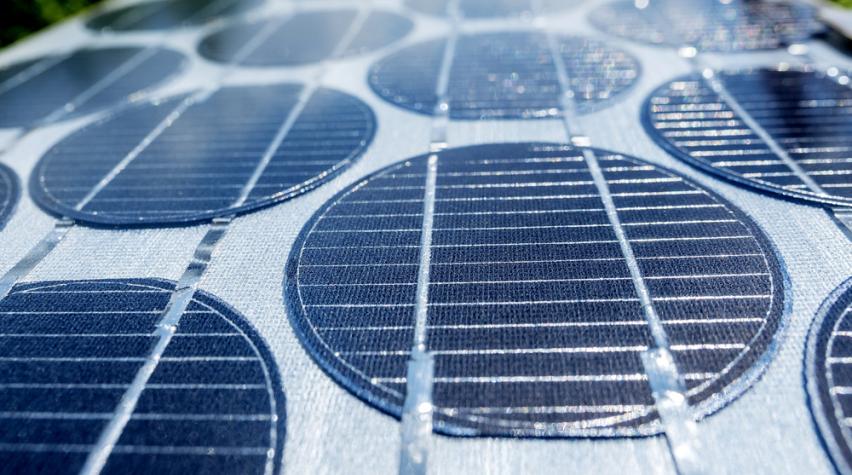
Inkjet printing shows potential for producing solar cells, but one barrier has been the need for a an ink with the proper viscosity and stability for compact and homogeneous films.
One researcher, Dr. Xianzhong Lin from the Institute for Heterogeneous Material Systems of HZB, used a molecular ink which was originally developed for spin coating technologies. The ink is produced by dissolving Cu, Zn, Sn metal salt and thiourea in dimethyl sulfoxide solvent.
Lin found that he viscosity of the ink can be tuned by adjusting the ink concentration, and the ink composition can also be easily controlled by adding or reducing the amount of each chemical added.
More economical
Initial optimization of the processing conditions such as ink composition and printing parameters have already yielded solar cells with efficiencies up to 6.4 %. The huge advantage of inkjet printing versus spin coating to obtain thin film absorbers is the reduced waste. While spin coating requires a large quantity of the ink to be wasted, inkjet printing is very economical. Less than 20 microliter ink, for example, is needed to build up a micrometer CZTSSe thin film absorber on a one-inch-square substrate.
Low toxicity and low waste
While the solar cell performance is still far below the record efficiency of 12.7 % for CZTSSe based solar cells, the great advantage of our approach is the low toxic and low material wastage process. The team is now working on the optimization of processing conditions for the kesterite absorbers to further improve the solar cell performance and on the deposition of buffer and TCO layers by inkjet printing. The goal is to print a complete device with high efficiency without relying on expensive vacuum technology. This work opens up a promising route for the fabrication of kesterite thin film solar cells.
To learn more, see the published work here.


